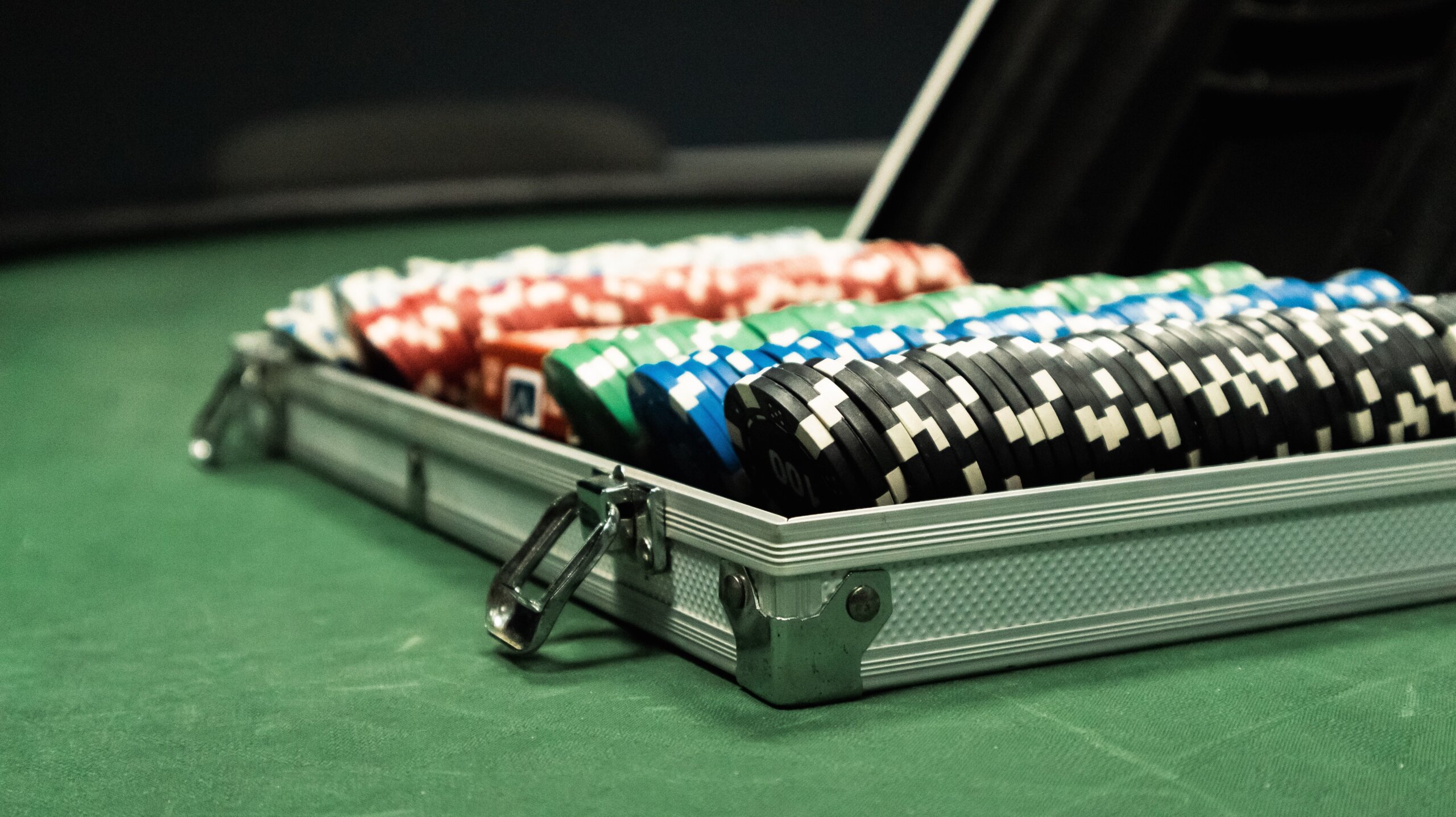How to Play Razz

Razz, also known as Seven Card Stud Low, is a captivating poker game where the ultimate goal is to form the best Ace to Five low poker hand. In Razz, players are dealt seven cards throughout the hand, but only the top five-card low hand for each player determines the winner. Unlike Seven Card Stud Hi/Lo or Omaha Hi/Lo, Razz does not require an “eight or better” hand to win the pot.
Understanding Razz Hand Rankings
Razz follows the ‘Ace to Five’ or ‘California’ system for ranking low hands. In this system, straights and flushes have no bearing on the hand, and Aces are always considered low. Thus, the most powerful hand in Razz is the “wheel,” consisting of 5, 4, 3, 2, A. To grasp the hand rankings better, here’s a sample of ranked Razz hands from the least powerful (#1, rarely winning the pot) to the most powerful (#12, the nuts):
- 3, 3, 3, 5, 5
- K, K, 4, 3, 2
- 2, 2, 7, 6, 5
- A, A, T, 9, 8
- K, Q, J, T, 9
- K, Q, J, T, 7
- 9, 8, 7, 6, 5
- 9, 7, 6, 5, 3
- 9, 7, 6, 5, A
- 6, 5, 4, 3, 2
- 6, 4, 3, 2, A
- 5, 4, 3, 2, A
It’s important to note that an unpaired low hand is always ranked from its highest card downwards. For example, hand #10 is referred to as a ‘Six-low’ because its highest card is a Six. Similarly, hand #9 is a ‘Nine-low’, and hand #5 is a ‘King-low’. In poker slang, differentiating between close low hands involves going further down the ranks. Thus, hand #11 would be called a ‘Six-Four low’, surpassing hand #10, known as a ‘Six-Five low’.

Playing Razz: Rules and Gameplay
Ante
Before starting a game of Razz, all players contribute a nominal amount called the ante. The specific amount depends on the game and is displayed in the table’s title bar. The ante serves as the cost of being dealt into the hand. For instance, in a game with limits of $1/$2, the ante might be $0.15.
Third Street
At the beginning of Razz, each player is dealt three cards: two hidden hole cards and one face-up card. The player with the highest exposed card becomes the ‘bring-in’ and initiates the action. The bring-in is required to make a nominal bet (the size determined by the game) or, if they prefer, a full bet in the lower betting increment. Betting continues clockwise around the table until completion for the round.
Fourth Street
After Third Street, each player receives another exposed card known as ‘Fourth Street.’ The player with the lowest exposed hand has the first opportunity to act. This player may either check or bet, typically a small bet (e.g., $1 in a $1/$2 game). Following this, there is a round of betting.
Fifth Street
Next, each player receives another exposed card, referred to as ‘Fifth Street.’ The player with the lowest exposed cards acts first. For example, if one player has an Eight-high hand while the others have a pair of Sevens and a Queen-high, the player with the Eight-high can choose to check or bet the larger betting amount.
Starting from Fifth Street and continuing for the remainder of the hand, all bets and raises are made in big bet increments. In a $1/$2 game, this would amount to $2.
Sixth Street
In the subsequent round, each player receives another exposed card called ‘Sixth Street.’ Similar to previous streets, the player with the lowest exposed cards has the first opportunity to act. Another round of betting takes place.
Seventh Street (or the River)
On Seventh Street, each player receives a seventh and final card, which is dealt face-down and kept secret. The player with the lowest exposed cards initiates the action. There is a final round of betting, and if multiple players remain, a showdown occurs.

The Showdown - Determining the Winner
If multiple players are still in the game after the final betting round, the last bettor or raiser reveals their cards first. However, if there was no bet in the final round, the player in the earliest seat exhibits their cards first (e.g., Seat 1, followed by Seat 2, and so on). Subsequent hands involved in the showdown are exposed clockwise around the table.
The player with the best five-card Ace to Five low hand wins the pot. It’s important to remember that, unlike Seven Card Stud Hi/Lo and Omaha Hi/Lo, there is no ‘qualifier’ for the low hand in Razz; the best low hand claims the entire pot. When multiple hands have the same value, the pot is evenly split among them, with no consideration given to the suit ranking.
Player Betting Options
In Razz, like other poker variants, players have several betting options: fold, check, bet, call, or raise. The available options depend on the actions taken by preceding players. If no one has placed a bet yet, a player can either check (decline to bet while keeping their cards) or bet. If a player has bet, subsequent players can fold, call (match the previous bet), or raise (not only match the previous bet but increase it). In Limit games, bets and raises follow pre-determined amounts.


Additional Razz Rules and Situations
To determine the bring-in in Razz, ties in card rank are resolved based on suit. The order, from highest to lowest, is spades, hearts, diamonds, and clubs. Consequently, the highest suit brings in. For example, if the Queen of hearts and Queen of diamonds are visible at the start of the hand, and a Queen is the highest exposed card, the Queen of hearts would become the bring-in. It’s worth noting that this rule does not determine the ranking of equal hands at the showdown.
In the event that the player with the highest exposed card on Third Street is all-in for the ante and unable to meet the required bring-in bet, the bring-in position moves clockwise to the next player at the table, regardless of the value of their exposed card.
Occasionally, in Stud games with eight players, there may be insufficient cards remaining to deal Seventh Street. In such rare instances, a single ‘community card’ is dealt face-up on the table, which is shared by all remaining players.
Conclusion
Razz, or Seven Card Stud Low, presents an exciting twist to traditional poker games. By understanding the hand rankings, following the rules of play, and employing sound strategy, players can increase their chances of success in this intriguing variant. Remember, Razz rewards the best Ace to Five low hand, making it a unique and challenging endeavour for poker enthusiasts.
